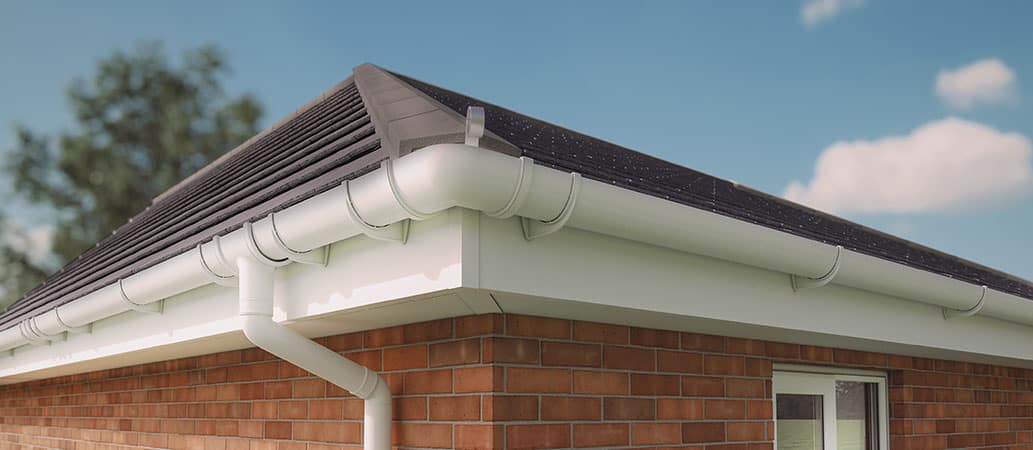
Soffit And Fascia Services
Add a review FollowOverview
-
Founded Date September 18, 1931
-
Sectors Construction / Facilities
-
Posted Jobs 0
-
Viewed 11
Company Description
Find Out What Eaves Replacement Tricks The Celebs Are Utilizing

The Complete Guide to Eaves Replacement
Eaves are a crucial part of a structure’s roof system. These overhanging edges serve several purposes, from directing rainwater far from the structure to improving the aesthetic appeal of a structure. Nevertheless, like any other structure element, eaves can wear over time due to direct exposure to the elements. This short article will explore the significance of eaves, the indications that suggest a need for replacement, the process of eaves replacement, and regularly asked concerns connected to this subject.
Comprehending Eaves
Eaves are the part of a roofing system that overhangs the walls of a building. They can be discovered in various architectural designs, and their style frequently depends upon the structure’s overall visual. The main functions of eaves are:

-
Water Management: Eaves help in directing rainwater far from the walls and structure, hence avoiding water damage and erosion.
-
Protection: They protect the structure from direct sunlight, which can assist in lowering cooling costs in warmer environments.
-
Visual Appeal: Eaves contribute substantially to the architectural style and appeal of a structure.
Kinds of Eaves
There are primarily 2 types of eaves: Open Eaves and Closed Eaves.
-
Open Eaves: These have actually exposed rafters or beams and offer a rustic look. They are simple to keep but may require more attention to prevent water damage.
-
Closed Eaves: These are ended up with a soffit replacements and fascia, developing a cleaner look. They frequently are better at concealing necessary components, such as ventilation systems.
| Function | Open Eaves | Closed Eaves |
|---|---|---|
| Visual Appeal | Rustic | Tidy |
| Maintenance Ease | Simpler | More Complex |
| Defense Level | Moderate | High |
Indications That Your Eaves Need Replacement
It is crucial to check eaves occasionally to ensure they remain in great condition. Some signs that show a requirement for eaves replacement include:
-
Visible Damage: Cracks, holes, or substantial wear are clear indicators that your eaves may require replacement.
-
Water Stains: If you observe water stains on interior walls or ceilings, it could recommend that water is not being effectively directed away.
-
Drooping or Drooping: Eaves that sag or sag may be a sign of structural failure or heavy water accumulation.
-
Rotting Wood: Wood eaves are vulnerable to rot. If the wood feels soft or shows signs of decay, replacement is needed.
-
Bug Infestation: Evidence of bugs like ants or termites can be a sign of instability in the eaves and hence a requirement for replacement.
The Eaves Replacement Process
Changing eaves can be a labor-intensive job, frequently needing professional help. Below is a step-by-step process of how eaves are generally replaced:
-
Assessment: Identify damage and figure out the type of eaves that need to be changed.
-
Removal: Carefully remove the existing eaves. This may involve cutting nails or screws and ensuring that contributing structures are not damaged.
-
Preparation: Inspect and repair any damage to the underlying structures, such as fascia boards.
-
Installation: Install the new eaves. This includes connecting them firmly to ensure prevent future concerns.
-
Completing Touches: After installation, painting or sealing the eaves may be needed to protect against the aspects.
-
Inspection: Carry out a final examination to ensure that whatever has actually been installed correctly which there are no leakages.
Maintenance Tips for Eaves
When the brand-new eaves are set up, it is vital to keep them well-kept. Here are some pointers:
- Regularly clean seamless gutters to avoid blockages.
- Check eaves after heavy storms for any damage.
- Paint or seal wood eaves every 3-5 years to avoid rot.
FAQs About Eaves Replacement
Q1: How long does it generally require to replace eaves?A: The period depends upon the size of the job and intricacy but can vary from a few hours to a number of days.
Q2: Can I change eaves myself?A: DIY replacement is possible for those with the best skills and tools. However, employing professionals is recommended for safety and performance, specifically for complex structures. Q3: What materials are typically used for eaves?A: Eaves can
be made of different products, including wood, vinyl,
aluminum, and fiber cement. The choice frequently depends upon the building’s style and environmental conditions. Q4: How much does eaves replacement generally cost?A: Costs differ substantially based on location, products picked, and labor charges, typically ranging
from ₤ 100 to ₤ 300 per linear foot for installation. Q5: Can I alter the style of my eaves?A: Yes, eaves can be replaced with a various design throughout the replacement process, allowing property owners to improve their building’s aesthetics. Eaves play an important role in safeguarding a building and improving its look. Routine assessments and prompt replacements are vital to maintain both performance and visual appeals. While eaves replacement can be an overwhelming task, comprehending the process and understanding when to take action can make it more workable. Interested homeowners need to speak with professionals to make sure a successful replacement process tailored to their specific requirements.


